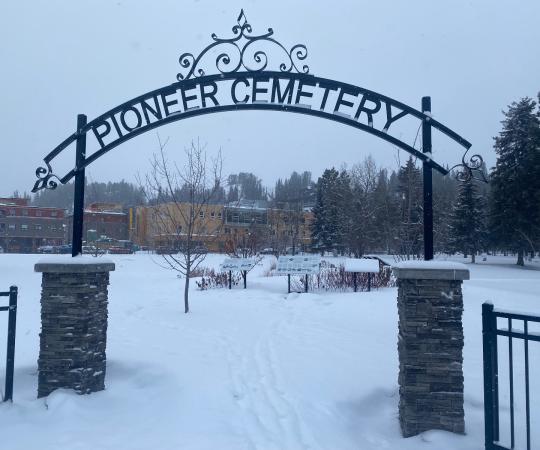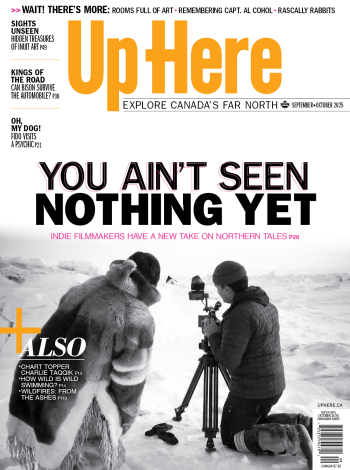Russia’s Extreme North—roughly equivalent to what we’d call the Far North in Canada today—is not a region that can be demarcated by a simple line of latitude; instead, it’s a combination of states and autonomous okrugs in the North and Far East. And if you thought Canada’s North was big, take a close look at a map: Russia’s western and eastern borders are almost literally halfway across the world from each other.
“To put it this way, if you want to fly from Moscow to Russia’s farthest eastern place, Anadyr, in Chukotka, you have to take an eight-and-a-half, sometimes nine-hour domestic flight,” says Gayla Morrell, who is part Komi, and as a child spent summers with her grandmother, living closely with the nomadic Nenets. “When you fly . . . you see this vast land. It looks unpopulated, but in reality, people live there.”
There are 41 documented indigenous groups in Russia, numbering 250,000 people, and covering nearly two-thirds of the country. To the northwest, in the Kola Peninsula, are the Sámi, whose homeland stretches into northern Finland, Sweden, and Norway. In the far east, the Yupik, also known as Eskimos, share ancestors with Yup’ik in Alaska and Inuit in northern Canada.
Yet when it comes to national or regional politics, natural resource use, or industrial development, Russia’s indigenous peoples are often the least heard. The Nenets, for instance, who number about 50,000, have no claim to their lands on the Yamal peninsula, nor any say in the $27-billion LNG facility and deepwater port being built at Sabetta on the Gulf of Ob.
In July 2012, Russia passed a law declaring non-profits that accept foreign funding to be “foreign agents,” placing them under suspicion. Since indigenous groups such as the Sámi sometimes cooperate with their counterparts in neighbouring countries, that law targets them. In November of that same year, Russian president Vladimir Putin suspended the Russian Association for Indigenous Peoples of the North, or RAIPON. It was allowed to reopen in 2013.
Morrell, a photographer and artist, spends most of her time travelling through Russia’s North and Far East, documenting the indigenous groups and cultures who live on the land.
“The problem with indigenous people here is they have no knowledge of their rights,” says Morrell. That is, they know the Russian constitution contains vaguely-worded laws that protect indigenous cultures and their rights to their traditional ways of life, but they have no way of ensuring they are implemented. “People in the western Arctic”—places like Sweden, Canada, or Alaska—“they have access to all these instruments, and there are a lot of NGOs and organizations that protect their rights. That contrasts the Canadian and American Arctic and [other circumpolar nations] from what’s happening here.”
But she finds hope in the people she encounters in her travels. One of them is Atsynga Letykai, a Chukchi throat singer, dancer, philosopher, and activist. Letykai visits communities in Russia’s North and Far East, educating them on their rights. “She dedicates all her life to making the life of people in Russia’s Arctic better,” says Morrell.










